Your cart is currently empty!

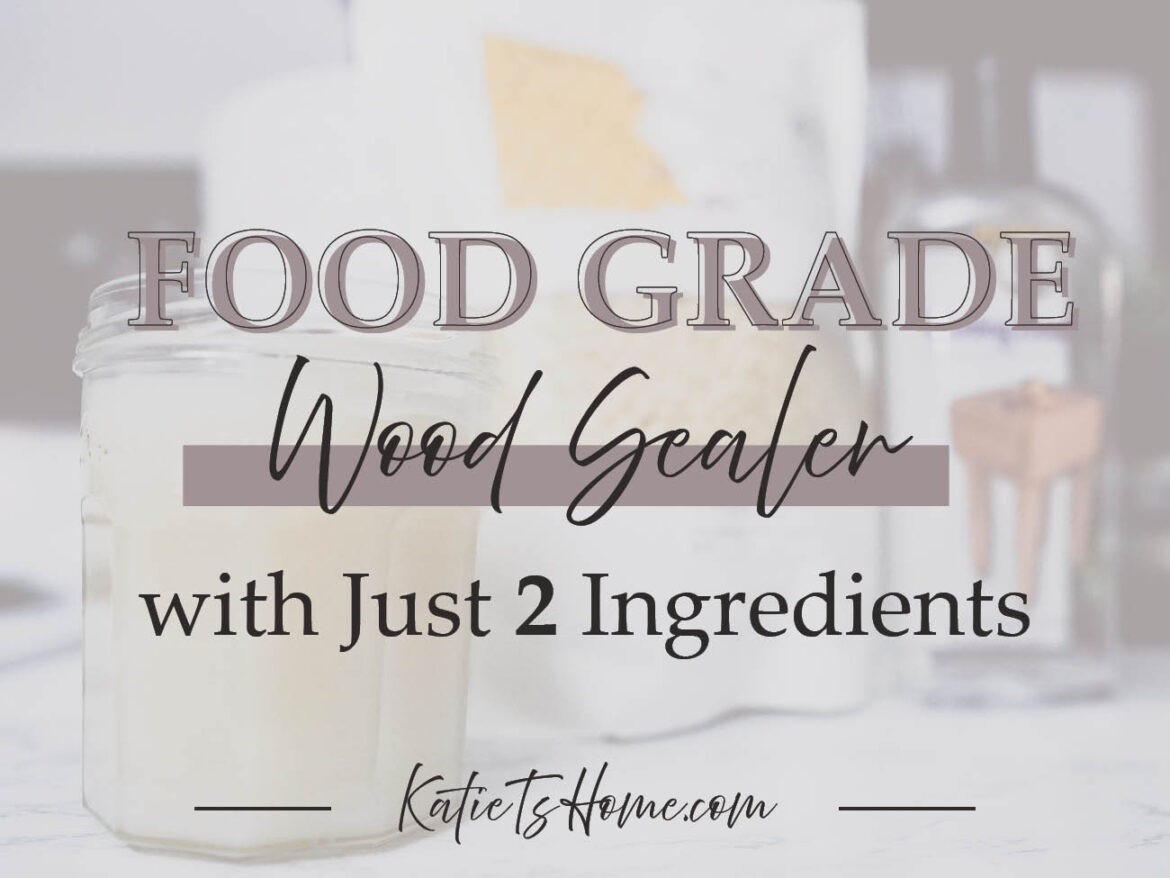
Are you tired of searching high and low for a food-grade sealer that’s truly safe for contact with your family’s meals? Well, your search ends here. Prepare to unlock the secrets to creating the ultimate food-safe wood finish – a natural solution that provides exceptional protection AND avoids the risk of going rancid like many other wood finishes out there.
This post may contain affiliate links, which means I’ll receive a small commission if you purchase through my links, at no extra cost to you. Please read the full disclosure for more information.
In this article, we’ll guide you through the simple process of making your food-grade wood sealer, allowing you to say goodbye to harmful chemicals and hello to a natural and sustainable alternative. Whether you’re a woodworking enthusiast or simply looking to enhance the beauty of your wooden projects, this is a game-changer you won’t want to miss.
So, without further ado, let’s dive in!
To create a natural wood sealer that is safe for contact with food, it is crucial to understand a few things.
While traditional wood finishes may provide some level of protection, they often contain harmful chemicals that can leach into food or pose health risks to you and your loved ones.
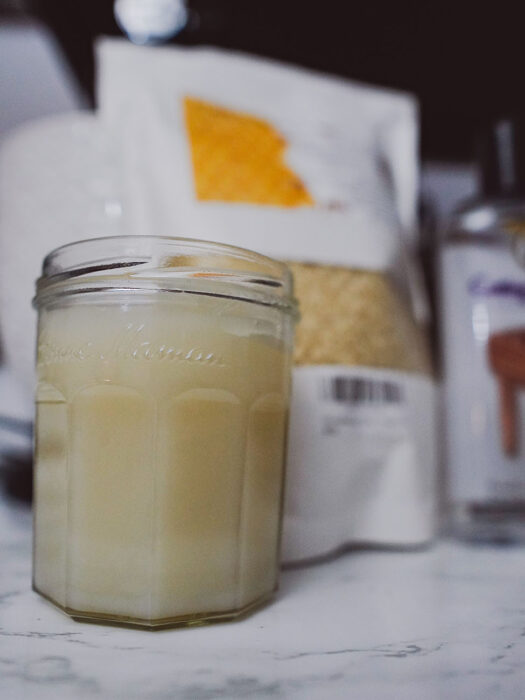
This is where a food-safe wood finish comes in, offering a solution that prioritizes the safety and well-being of your family. While sealing your wooden project properly.
This sealer should be used on items like cutting boards, countertops, utensils, or any wooden item that comes in direct contact with food.
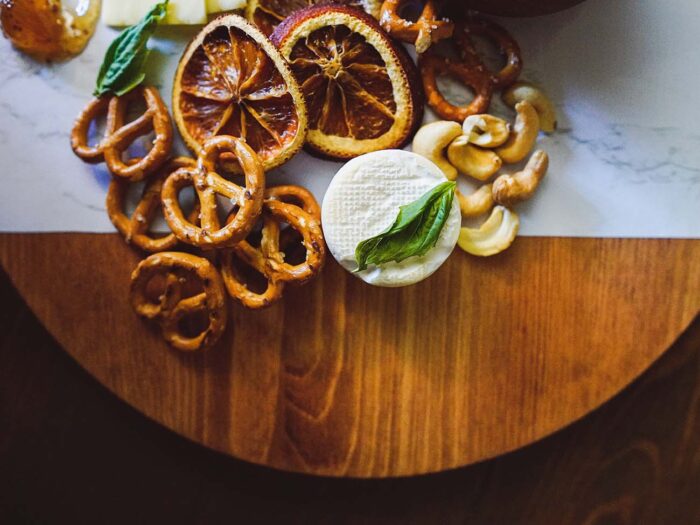
For example, I made this charcuterie board with food-safe stain and marble vinyl. I wanted to add a protective layer to it, but wanted it to be food-safe. This is what inspired me to write this post for you guys!
Creating a food safe wood finish also aligns with the growing trend towards sustainability and eco-friendliness. By opting for a natural and non-toxic, handmade wood finish, you are making a conscious choice to reduce your environmental footprint and become more self-sufficient.
So, to create a natural wood sealer that is both effective and safe, it is crucial to choose the right ingredients. The ingredients you select will determine the quality and longevity of your wood finish, as well as its ability to provide adequate protection.
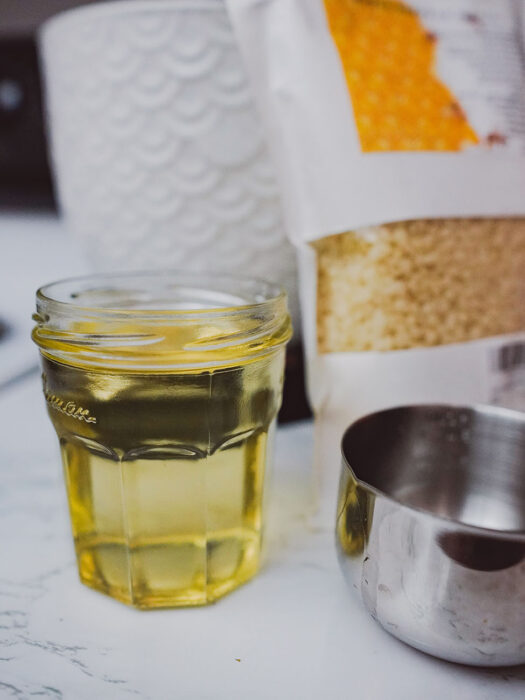
When selecting the ingredients for your natural wood sealer, there are several key factors to consider. First and foremost, you want to ensure that the ingredients you choose are food-safe and non-toxic.
This means avoiding any chemicals or additives that may pose a health risk. Look for ingredients that are natural and derived from sustainable sources, such as plant-based oils and waxes.
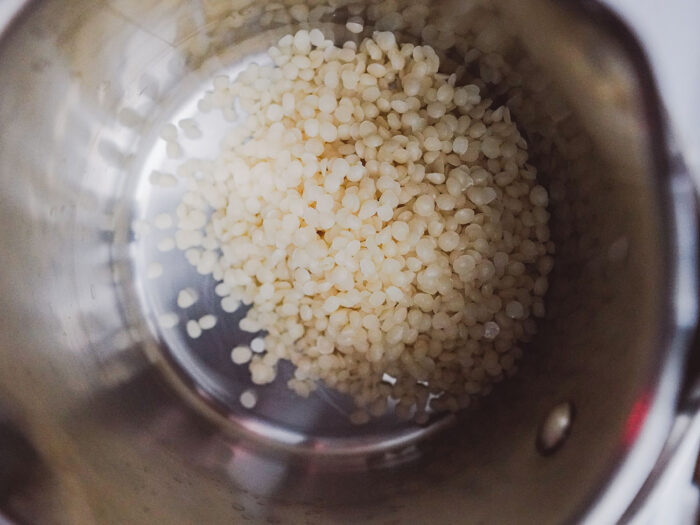
Another important consideration is the specific properties of the ingredients. Different oils and waxes offer different levels of protection and enhance the natural beauty of wood in different ways.
For example, tung oil is known for its excellent water resistance, while linseed oil enhances the richness of the wood grain. Be sure to research the properties of each ingredient and choose ones that align with your desired outcome for the wood sealer.

For the wood finish I made, I chose organic beeswax pellets and butcherblock oil. These two ingredients were used for a couple of reasons.
And I just so happen to have these two ingredients so it seemed perfect.
The second reason (and why I had this on hand) is because of the antibacterial properties of beeswax. I’m a big advocate of beeswax in everyday items whether it’s a homemade candle, beeswax wrap, or perhaps in beauty products.
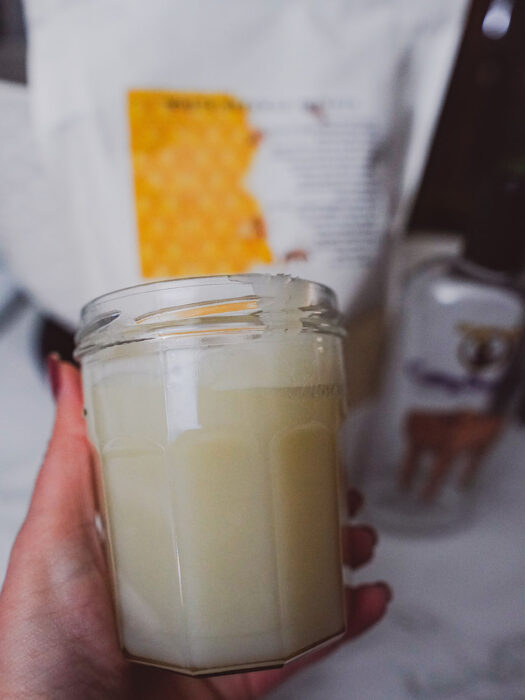
Lastly, the butcherblock oil is designed to be made for cutting boards (a.k.a butcher block). So the oil is not only food safe, but it’s also a better oil to use in this type of application because it doesn’t go rancid as quickly compared to other oils.
Once you have carefully selected your ingredients, it’s time to follow this easy step-by-step process to create your food-grade wood finish.
If you are choosing the same ingredients as I did, all you need to do is melt the beeswax and mix it with the butcher block oil.
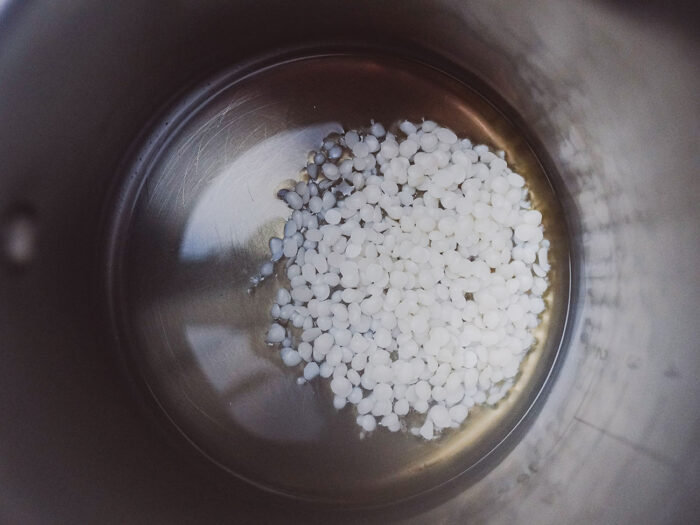
I used a double broiler method to melt the beeswax (I go into more detail on how to clean the pans in the bonus section below). The thought process here was using a slower method to avoid overheating.
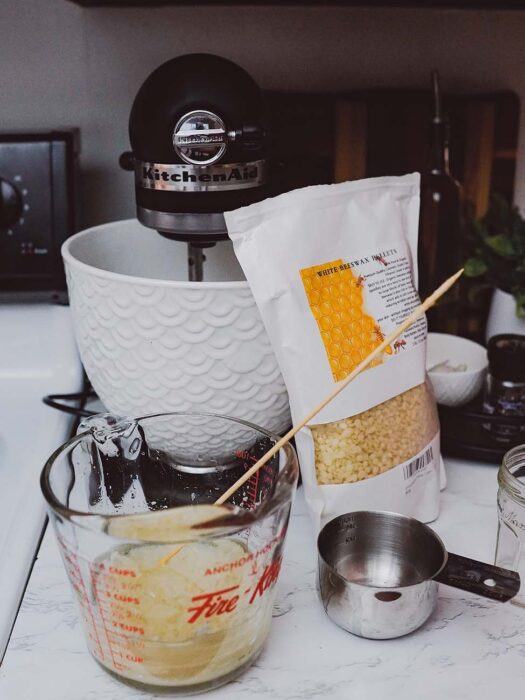
So once I melted about a 1/2 cup of beeswax pellets I added 3/4 of a 12 fl oz bottle of butcher block oil. I then transferred the mixture into a glass container and let it sit while stirring occasionally until it hardened to a gel-like substance.

Once the sealant has completely hardened, you can apply it to your wooden project using a clean cloth or paper towel.

After completely applying the sealer, let it dry overnight. Then remove any access the following day with a dry paper towel.
For added layers of protection, you can repeat this process and apply multiple coats. I, however, only did one as this charcuterie board is one of many so it probably won’t be used daily.
Now that you have successfully applied your homemade sealer, you’re in for a treat with this bonus tip on how to wash your brand-new wood project!
This is a hand-wash-only type of sealer, but that is nothing special as all of my wooden kitchen serveware is handwash only.
And what I mean by that is, when you wash it, the water will naturally bead up (which is how you’ll know that the sealer is doing its job). However, I tend to let the dishes air dry vs. drying them off right away with a towel.
And because there were residual beads of water on the charcuterie board, they did soak in with time and slightly stain the wood.
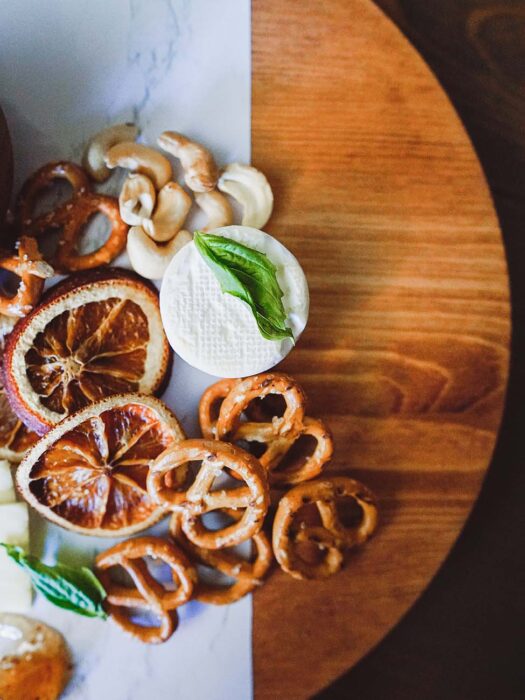
Not enough where it’s super noticeable, but enough to be annoying, so learn from my mistakes!!
Also, when cleaning the double broiler or pots, don’t add water to it. At least, not until the pot has completely dried and you can chip off any residual beeswax. Trust me on this one, it is SO much easier to do it this way!
Creating a food safe wood finish doesn’t have to be daunting or expensive. With the right ingredients and a little bit of time, you can make your natural wood sealer that not only protects your projects but also ensures the safety of your food.
Leave a Reply